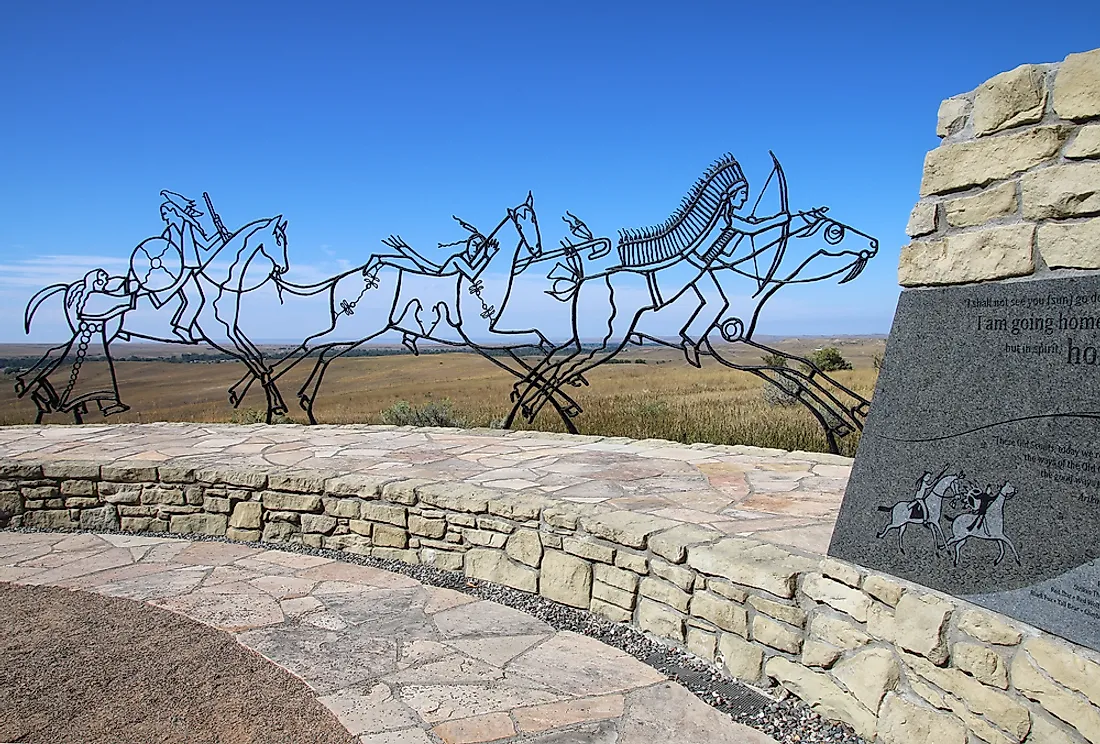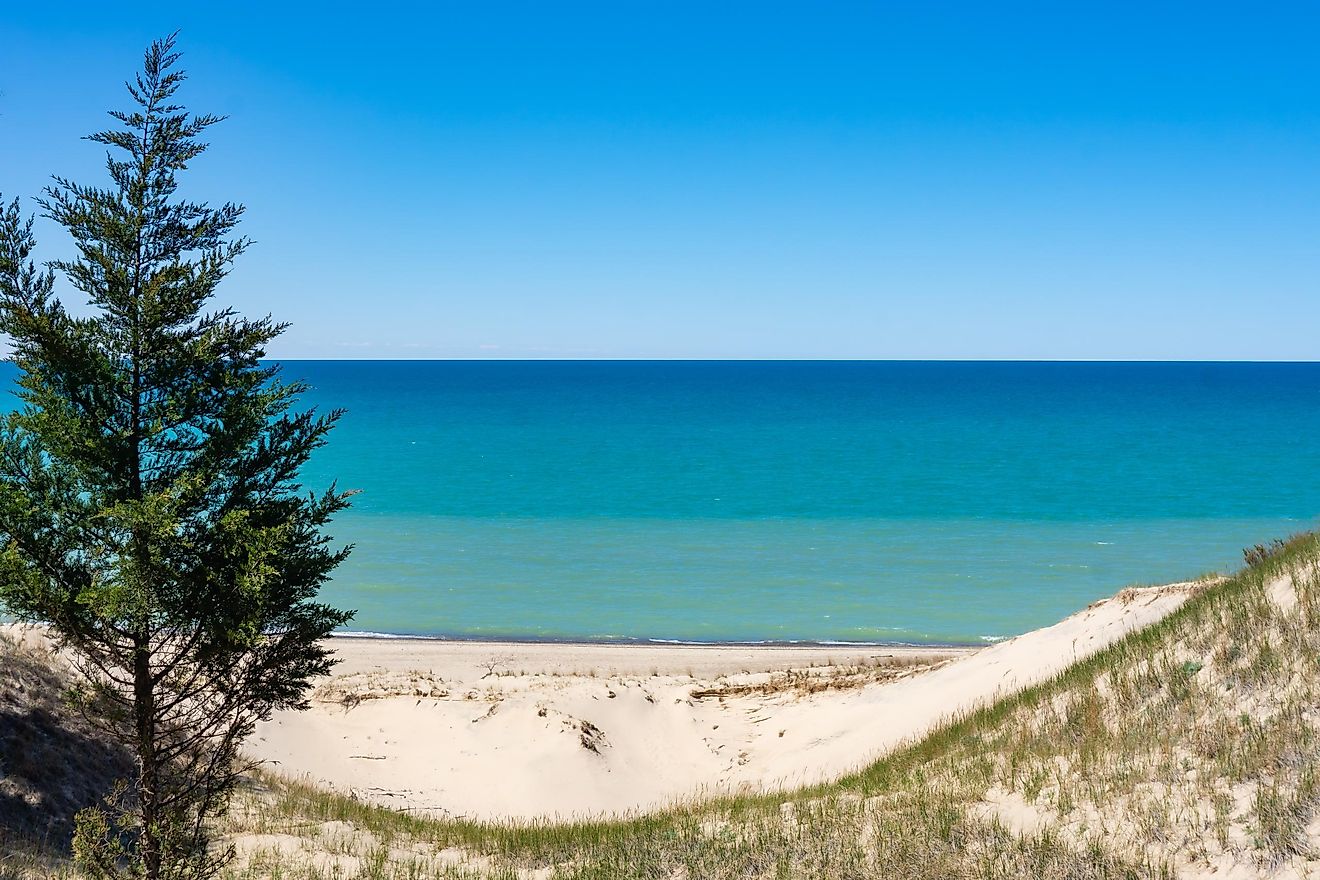Little Bighorn Battlefield National Monument

What Is the Little Bighorn Battlefield National Monument?
It is a unit governed by the National Park Service (NPS) and is located in Big Horn County, Montana. The site is around 765 acres (309 hectares) in size. Like its name would suggest the site memorializes the infamous Battle of Little Bighorn (aka Custer's Last Stand), as well as the effects and it had on both the United States and Native Americans.
History of the Site
The Battle of Little Bighorn started on June 25, 1876, and ended the following day as part of the Great Sioux War of 1876 (1876-77). The American government launched this military endeavor because a segment of Cheyenne and Sioux Indians refused to settle inside the boundaries of the Great Sioux Reservation.
The 7th Calvary, led by Lieutenant Colonel George Custer (1839-76), along with Crow and Arikara allied scouts attacked a village estimated to have a population of 6,000 to 7,000 people. This would lead to the death of Custer, Lt. Col. Myles Keogh (1840-76), 1st Lt. James Calhoun (1845-76) and saw five of the 7th Calvary's 12 regiments ultimately get wiped out on what is now known as Last Stand Hill.
Following this rout, the combined Native forces then attacked the remaining regiments of the 7th under the command of Col. Marcus Reno (1834-89) and Major Frederick Benteen (1834-98). This fighting continued through the rest of the 25th and throughout the 26th, with the Native force breaking camp and withdrawing that evening. The next morning Major General Alfred Terry's (1827-90) column approached up the river as reinforcements.
In total, 263 of his soldiers and several attached personnel died at the hands of several thousand Cheyenne and Lakota Indian warriors. On the opposing side, an estimated 31 Native Americans, along with 10 non-combatants, were killed. This included Cheyenne Battle Chief Lame White Man (aka Vé'ho'énȯhnéhe) (c.1837/39-76).
In 1879, the site was preserved when it was designated as a National Cemetery in order to protect the remains of the soldiers buried there. In 1920, the Reno-Benteen Defense Site was designated as part of the area. Twenty years later, the site was moved to be under the jurisdiction of the NPS. In 1991, President Bush signed into law a renaming of the site from Custer Battlefield National Monument to its current name in order to better reflect all sides involved in the conflict.
What Makes the Site Unique?
The initial memorial at the Little Bighorn was built by the 11th Infantry Regiment and Captain George K. Sanderson (1844-93) in April 1879. The oldest still standing memorial is a granite marker put up in July 1881 by the 2nd Cavalry and Lt. Charles Roe (1848-1922) that is located on Last Stand Hill. The remains of any remaining soldiers were also re-interred here but Roe had stakes put down to show where they had originally been found. In 1890, the stakes were removed and replaced with permanent marble markers.
Today, Custer National Cemetery holds the graves of not just veterans of Little Bighorn but various soldiers, those who perished in isolated military frontier posts and Indian scouts who perished in various American wars. As of 1978, the cemetery has been closed for reservations as it is at full capacity. There is also a large stone monument at the Reno-Benteen Defense Site to mark their stand following Custer's defeat.
In 1999, a pair of red granite markers were placed to to honor Lame White Man and Noisy Walking (aka Nestonevahtsestse) (?-1876). Since then other makers have been put up to honor known casualties, signifying where opposing Native American warriors died in combat at the site. In 2003, a marker to honor the ”unknown Lakota warrior" was placed on Wooden Leg Hill. This was done based on what Wooden Leg (Kâhamâxéveóhtáhe) (1858-1940) reported he witnessed during the fight, as an unnamed solider was killed there.
Tourism to the Site
According to the most recent report from the NPS, Little Bighorn Battlefield saw 332,328 tourists in 2016, ranking it 153 out of the 374 units in terms of recreational visits. The site has a museum and visitor center that holds various display discussing the history and aftermath surrounding the Battle of Little Bighorn and the Plains Indians.
There is also a 4.5 mile self-guiding tour road that connects the Custer and Reno-Benteen battlefields at the site. This cell phone audio tour features multiple stops as it guides visitors over the course of the battle, featuring accounts from both sides of the conflict. Additional such tours are also available at Last Stand Hill and Custer National Cemetery.







